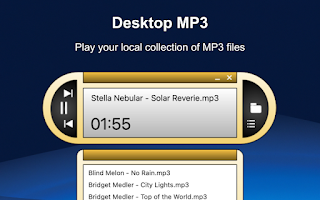Comparing File Size and Memory Consumption: Qt Widgets vs. Qt Quick with QML

Qt is a powerful cross-platform framework used for developing applications with intuitive user interfaces. It provides two main approaches for UI development: Qt Widgets , which follows a traditional imperative model with C++-based UI components, and Qt Quick which uses QML , a declarative language designed for fluid, modern interfaces alongside the custom QJSEngine for frontend JavaScript interactions. Both offer unique advantages, but they also differ in terms of performance, resource usage, and application footprint. QT Widgets and QT Quick QML apps Testing File Size and Memory Consumption In this post, I’ll compare the file size and memory consumption of a simple "Hello World" application built with Qt Widgets and Qt Quick (QML). The goal is to see how each approach impacts the final executable size and runtime memory usage. I'll build both versions, deploy them, and measure their resource consumption to provide insights into which might be more suitable for lightw...



